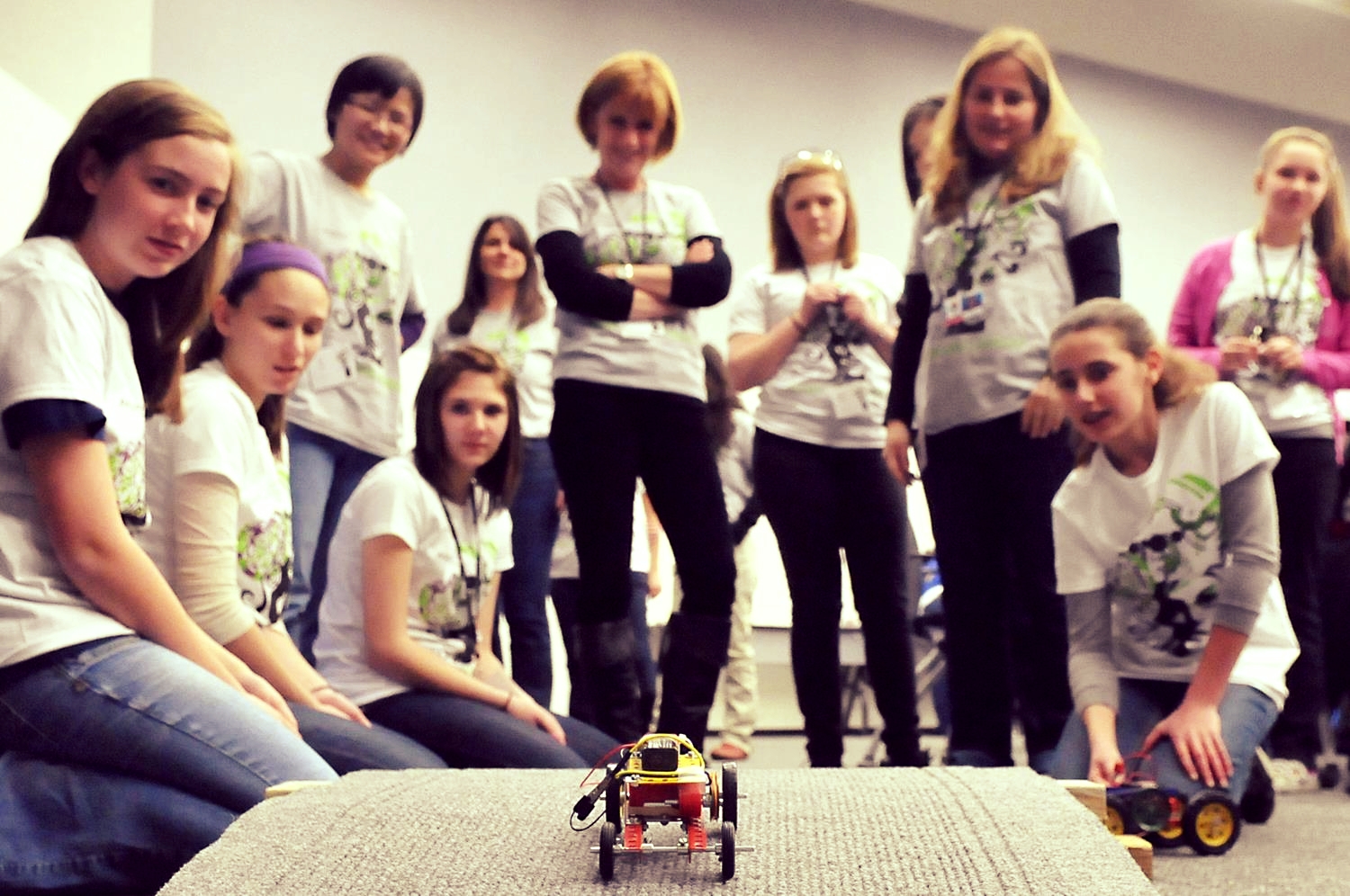The dissemination of new knowledge to non-specialized audiences requires robust and well-designed work.
The ever-growing generation of scientific knowledge in every field of learning demands solid, well-designed work to present this new information to non-specialized audiences. For entrepreneurs, governments, educational institutions, academic leaders, parents, young people and children, scientific language is entirely alien, preventing them from taking an interest in topics that are of utmost importance for everyone.
In addition, changes in technology and developments in science are occurring at an unprecedented rate in the different productive sectors, driving professionals to develop cross-disciplinary practices in diverse fields. Of course, this includes professionals in the exact sciences, such as engineers, biologists and scientists. Science communication requires the development of specific skills to adapt to the needs of diverse types of audiences, with different levels of understanding.
The following are six key activities for effectively presenting scientific knowledge to different audiences:
-
Identify the audience and design appropriate messages. This point might seem obvious but is often forgotten in science settings. The same message or speech cannot be used for different audiences since each audience has unique characteristics that must be taken into consideration when presenting information. In some cases, for example, an explanation of the context and phenomenon studied is required, as is providing specific background information to understand the facts and their relationship with the phenomenon, in a language that can be easily understood by the audience in question.
-
Adapt “elevated” concepts to make them simple and clear. This communication exercise can be very wearing for specialists whose years of training have allowed them to use the correct terms for specific phenomena, so having to find another type of vocabulary to express the same idea is more complicated than expected. In this regard, it is essential to remember that the concept needs to be reconsidered and a precise but straightforward word used that the audience will understand. Other helpful resources are explanatory lines for particular concepts and the formulation of small glossaries to accompany the texts used recurrently by attendees or readers.
-
Use metaphors and expressive resources that make the phenomena easier to understand. Some concepts and phenomena are hard to comprehend and even more difficult to explain. In these cases, the use of metaphors allows audiences to understand that “it’s like…”, using phenomena known by the majority of people and calling into play prior knowledge to adapt and explain other knowledge. In this way, the explanatory and comprehension processes become more effective and the objective of communicating to be understood becomes possible.
-
Visualize and represent. The capacity to transform thoughts and phenomena through the use of images is a crucial resource for scientists. Some concepts are so complex that they are difficult to explain, but pictures or visual models usually make them quite clear, thus facilitating understanding.
-
Persuade and engage. Even though persuasion may seem to be more relevant in sales and business, this resource is essential in exact sciences, since it allows people, in general, to take an interest in somewhat remote topics, but of utmost importance. Therefore, speakers need to develop the skills to engage so they can share knowledge and possibly generate changes in the behavior of diverse audiences. Whether the topic is healthcare, the environment, energy efficiency, data management, or nuclear chemistry, scientists must learn to persuade.
-
Explain and present processes. Given the nature of some of the areas of exact sciences, following processes is vital. Instructions may need to be followed or given, requiring an accurate, detailed description. Striking the right balance between essential information and offering particular details is a competency that should be developed and taken into consideration, especially in exact sciences.
These are just a few of the tools we can share with our young researchers to help them design differentiated speeches that are effective and engaging for a variety of audiences. New ways of observing reality are also needed to enhance the understanding and structuring of discourses and narratives. Teaching our students to use metaphors and expressive resources, as well as visualizations and particular representations, that will make phenomena easier to understand is definitely worthwhile.
I want to invite all educators to share their teaching experiences through the Observatory of Educational Innovation so that, together, we can improve education.
About the author
Judith Cortés Vásquez (jcortesv@tec.mx) has a Ph.D. in Communication, Social Change and Development. She is a professor at Tecnológico de Monterrey, Campus Querétaro, and specializes in new social movements, organizational communication and new technologies.
This article from Observatory of the Institute for the Future of Education may be shared under the terms of the license CC BY-NC-SA 4.0 
)
)





)
Joel Flores-Chávez
Joel Flores-Chávez
Joel Flores-Chávez